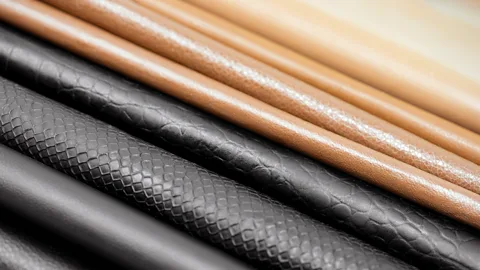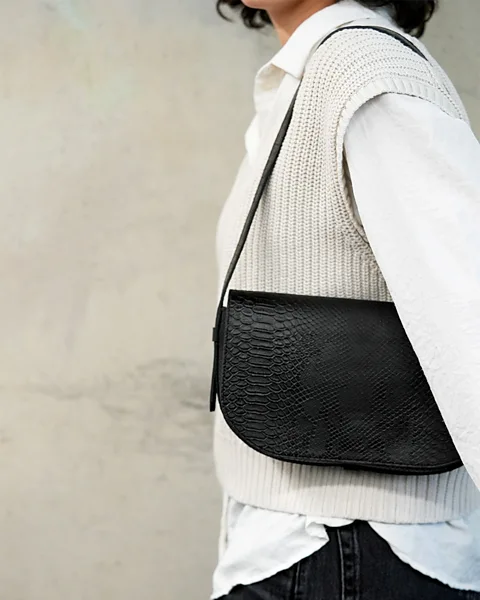Scientists and industry find unusual and innovative new uses for brewery consumable cereals, stating that they are not waste
An idea to drink it in the glass. A delicious frozen beer with rich foam overflowing is the fantasy of many of us. But beyond the gold (or other shades) nectar, many of us will not imagine the mountains of wet sticky and granular materials created in the preparation of the delicious beer.
Most of the “mud” of the beer production industry, about 70%, is promoted for cattle feed, while 10% is used for biogas production. About one fifth is simply sent directly to landfill – at an extra cost for brewing – where it rot and releases methane in the atmosphere.
But within this by -product beer there is a mountain of useful chemicals for use, including many proteins. Researchers and companies are now starting to investigate how they could be better exploited.
Don’t drink it… Eat her
The Swiss start -up company Upgrain is one of these companies. In 2024, a processing system was released to convert the consumored cereals to protein and fiber, which were adopted as suitable for human consumption by the US Food and Drug Administration and the European Food Safety Authority (moreover its coated cereals Brewery is just cereals).
William Beiskjaer, co -founder of UPGRAIN, argues that spent cereals are a “kind of hidden treasure in sustainable and healthy eating”. He tells the BBC that they could help in the treatment of increasing global protein demand. “There is more and more demand for boosting our foods, especially more proteins and fiber in our diet,” he noted.
UPGRAIN and other producers, such as Agrain in Denmark and Biasol in Ireland, are already selling a coated cereal protein and brewing fiber extract to food manufacturers for inclusion in pastries, pizzas, granolas, and even crisps. It is also used in alternative meats of vegetable origin, such as those released last year by the Swiss Migros Supermarket Chain, and in cafes created by Singapore -based Prefeer.
Large brews, such as Anheuser-Busch Inbev based in Belgium, and Chicago-based Molson Coors, have even created their own Vegan milk products from consumored cereals. Molson Coors claims that Golden Wing product has ‘Rich and creamy taste’ and 25% less sugar than most oat milk.
Beiskjaer says he can understand why some people can be hesitant about the concept of “recycled food”. “But we need to understand the idea that the brewing cereals are not waste,” he says. “Saved by being waste.”

… or wear it
But diet is not the only area where the spreaded beer cereals could be beneficial.
Brett Cotten admits that the first efforts of his start -up company, Arda Biomaterials, based in London, to create alternatives to skin solutions from spent brewers resulted in something more like a … flapjack.
But the newly formed company has since successfully used hypermarial chemistry to make several proteins from consumored cereals that mimic animal proteins on the skin, resulting in a strong and elastic alternative. The color reflects the used grain emphasizes.
Cotten argues that to date many alternative skin solutions or not were so environmentally friendly as they promised, or are not capable of replacing animal skin in mass production.
So far, company staff and a local brewery have tried this new material with handbags and cards.
So the next time you find yourself in the bar or pub, think about how the raw material used for your delicious beer can radically change so much our diet as well as the materials we use in everyday life.

Source :Skai
I am Terrance Carlson, author at News Bulletin 247. I mostly cover technology news and I have been working in this field for a long time. I have a lot of experience and I am highly knowledgeable in this area. I am a very reliable source of information and I always make sure to provide accurate news to my readers.










